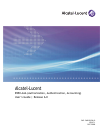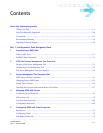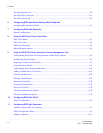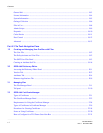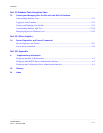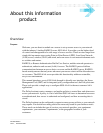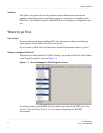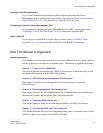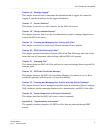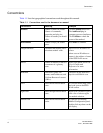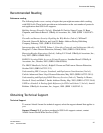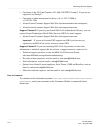
i
365-360-001R6.0
Issue 1, December 2008
............................................................................................................................................................................................................................................................
About this information
product
Overview
Purpose
Welcome, you are about to embark on a course to set up secure access to your network
with the industry’s leading RADIUS server, 8950 AAA. It provides you the highest level
of control and management of a wide range of access services. These services range from
simple dial-up remote access using Point-to-Point Protocol (PPP), Local Area Network
(LAN) access, wireless (Wi-Fi) and wired, and even access to core network elements such
as switches and routers.
RADIUS, or Remote Authentication Dial-In User Service, enables network operators to
authenticate, authorize and account (AAA) for users. The RADIUS protocol defines
communications between an access device or server and the RADIUS server. RADIUS-
based security ensures that only users who meet your access criteria will be allowed access
to a resource. The 8950 AAA server provides this functionality within an extensible,
easy-to-use environment.
This manual introduces you to 8950 AAA through its friendly user interface, the Server
Management Tool (SMT) and its integrated policy configuration tool, the PolicyAssistant.
These tools provide a simple way to configure 8950 AAA for the most common AAA
applications.
The PolicyAssistant creates, manages, and applies policies to control how and when users
access your network. A policy is a set of rules that 8950 AAA uses to determine how users
are authenticated, how access is authorized and configured, and how accounting data is
stored.
The PolicyAssistant can be configured to support as many access policies as your network
may require. You decide how many policies are necessary based on your business needs.
These needs can include the type of services your network provides, your equipment
requirements, your customers’ requirements, or the geographic location of your
customers.



